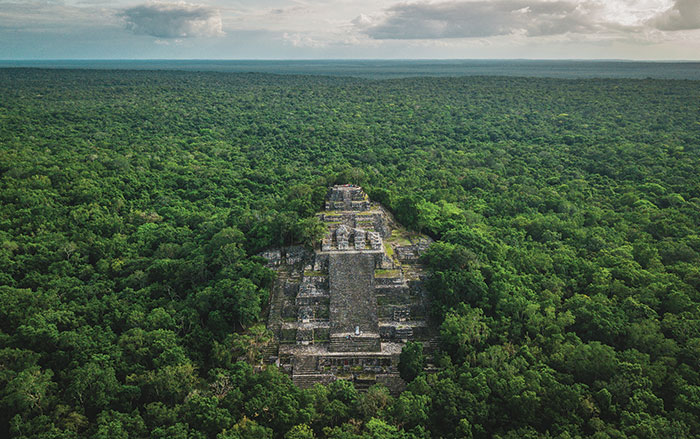
MEXICO CITY, MEXICO—The Mexico Daily Post reports that a cemetery dated to between A.D. 1521 and 1620 has been discovered at a construction site in Chapultepec Forest Garden, a park of more than 1,600 acres in Mexico City. Archaeologists Blanca Copto Gutiérrez and Alixbeth Daniela Aburto Pérez of Mexico’s National Institute of Anthropology and History (INAH) said that the cemetery reflects the transition from pre-Hispanic burial customs to those introduced by the Spaniards. So far, the researchers have recovered the remains of 21 people. Most of the remains belonged to adults, but the remains of a couple of children were also found. “Despite the fact that most of the burials presented the same west-east orientation, which alludes to the belief in the resurrection in the Christian faith, their arrangement suggests two types of population: one of indigenous origin, probably Mexica, and another European,” Aburto Pérez said. Most of the dead had been buried on their backs with their arms crossed over their chests or in the pelvic region. Two were buried flexed and on their sides, however, and another two were buried with a pre-Hispanic seal and a green obsidian blade. A study of the bones by Jorge Arturo Talavera González indicates that Amerindian individuals in the group could be identified by their spade-shaped teeth. The study also found that the population suffered from wear of their dental enamel, infectious diseases, and malnutrition. To read about a well-preserved collection of wooden artifacts recovered from the base of Tenochtitlan's Templo Mayor, go to "Aztec Offerings," one of ARCHAEOLOGY's Top 10 Discoveries of 2022.










